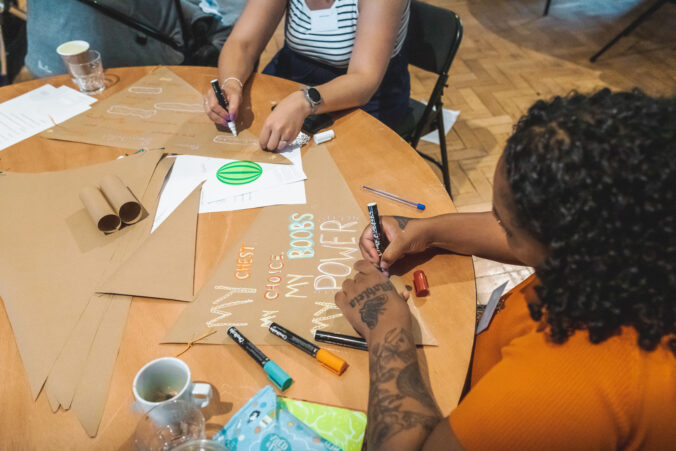| The Chilean writer Gabriela Mistral once wrote “What the soul is to the body, so is the artist to his people”. It is one of my favourite quotes as I have witnessed the impact of artists working to address social change in communities for decades.
Across the entire country, artists are busy working in places with and without cultural infrastructure, with people, within communities, building better places to live and work, affecting long-lasting and positive social change.
For those of us working within the arts this is well-known, but what about for those working outside it, particularly those sitting within economic development, business management and local regeneration teams across the region? Are they aware of the unique, creative alchemy that artists can bring to areas if given permission and opportunity? After a period of research identifying new areas of focus for CVAN NW, we decided to set the record straight with a symposium about the role of culture in place shaping.
The symposium, This is Our Place was held in Warrington and delivered in partnership with Culture Warrington at The Pyramid Arts Centre. We were delighted that it was held on the very day that Director Leah Biddle announced
Place Partnership funding for the town from Arts Council England.
There was a buzz of excitement in the room from locals after hearing this, as John Laverick, Director of Warrington & Co spoke about how ‘Warrington means business’, the history of the development of the new town and how its previous planning success (out-of- town suburbs and shopping districts) had ironically led to the town centre becoming underused and run down. He was working to regenerate the central mile of the town, which was struggling to maintain an interesting and lively high street ‘offer’ – a tale not dissimilar to many high streets up and down the country – and he wanted to know how he could work with arts and culture to engage people with place.
Sarie Mairs-Slee, Strategic Lead for the Northern Place and Culture Partnership, part of NP11, talked about place and strategy, examining the role of culture in the north. She suggested that it was about how we can include matching innovation and ambition across sectors such as culture and creativity, the creative industries, heritage, nature, the visitor economy and inclusive growth. |

